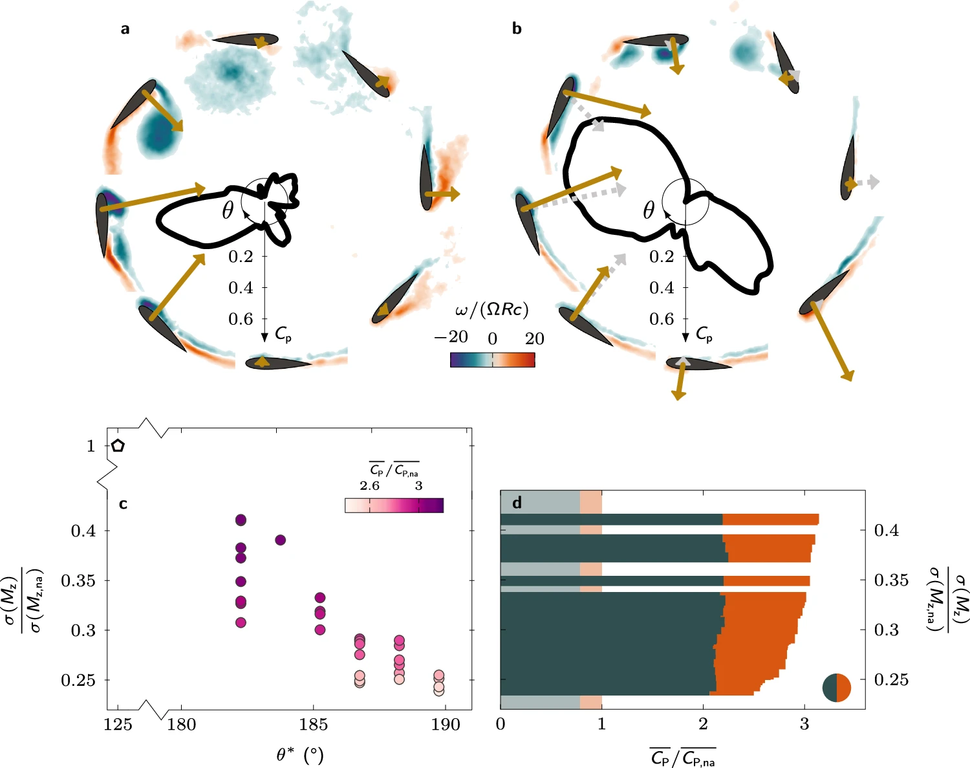Product development
Breaking News - EPFL confirms the huge performance potential for Agile Wind Power technology


Image: Visualization of the flow in the wind tunnel of EPFL, model provided by Agile Wind Power.
The performance potential of wind turbines with controlled, technical term "pitched", rotor blades is many times greater than those with fixed, i.e. unpitched, rotor blades. This is also confirmed by the latest EPFL study. We reported on the EPFL's research back at the end of 2022. Now the study goes one step further with the Agile Wind Power wind tunnel model.
The latest study focuses on the use of AI to develop the optimum control curve for the individual rotor blades. A self-learning system continuously calculates the best possible angle of attack for the individual rotor blades and optimizes the next control impulse based on the generated effect.

Image: Researcher Sébastien Le Fouest believes that the combination of sensors and machine learning can optimize the performance of this type of wind turbine. (Image Alain Herzog/EPFL)
For the use of the blade control system in a real environment, this means that the control system can always calculate and set the best possible airflow angle for each individual blade, even in changing wind conditions. According to the EPFL study, this results in a significant increase in efficiency.
Confirmed: Lower impact on the environment

Image: François Turrian, Managing Director of Bird Life Switzerland in French-speaking Switzerland
In an interview with Radio RTS, François Turrian, Managing Director of Bird Life Switzerland in French-speaking Switzerland, mentions that this type of vertical wind turbine is expected to have a much smaller impact on the environment. On the one hand, a drastic reduction in noise emissions is to be expected, and on the other, a significant reduction in the amount of land required due to the higher energy yield. From Brid Life Switzerland's point of view, the probable reduction in damage to birds is also a decisive advantage of these new wind turbines, which can increase acceptance.
The study is also presented in the science magazine "nature"

The following abstract (shortened version) is published under the title "Optimal blade pitch to improve the performance of vertical axis wind turbines":
"Vertical axis wind turbines have the potential to generate wind energy in urban and offshore applications. However, efficiency and structural problems limit their industrial use. This study demonstrates the effectiveness of individual blade pitch control for flow control. Through automated experimentation and optimization, optimal pitch profiles were identified, resulting in a three-fold increase in coefficient of performance and a 77% reduction in structurally threatening load fluctuations compared to non-pitched turbines. Flow measurements shed light on the mechanism by which blade pitch improves performance and provide insights into increasing the contribution of vertical axis wind turbines to power generation."
Links to the topic
The EPFL project is supported by the Swiss National Science Foundation.
Article in the magazine "Nature"
Radio RTS
20 minutes
(Tip: Have the articles translated into English in your browser)










